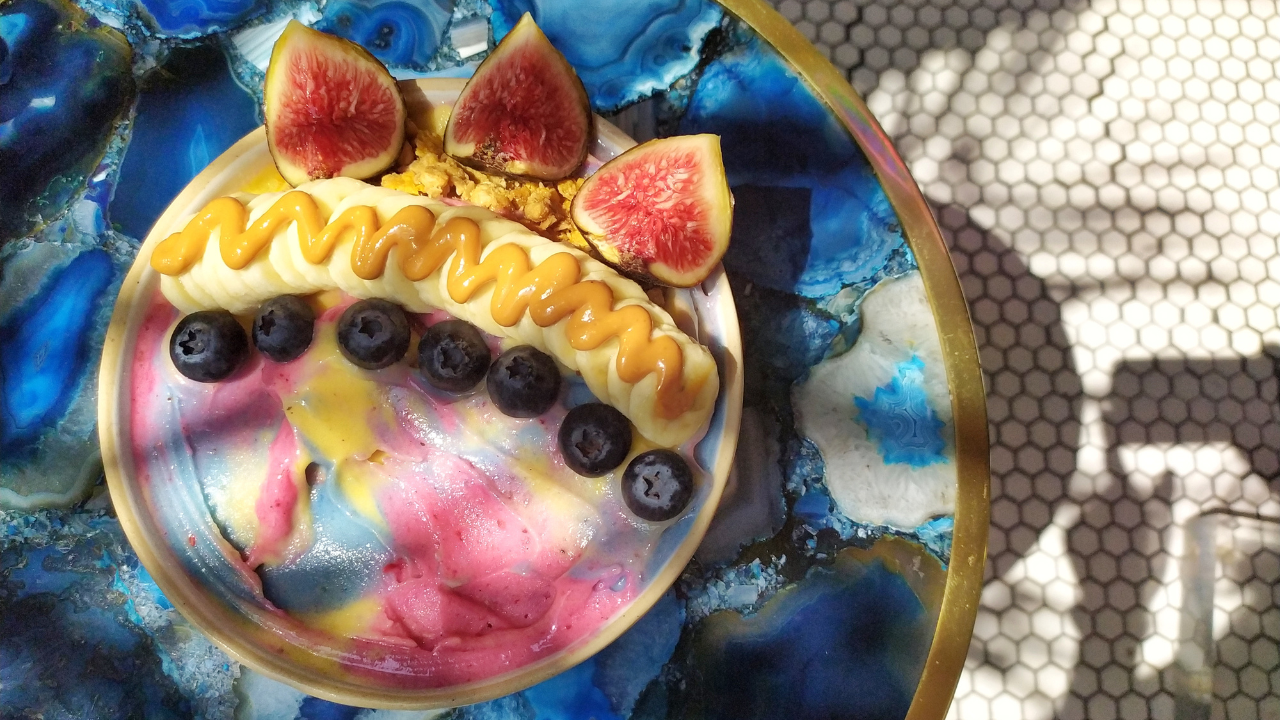The Evolution of Birth: Understanding Our Unique Journey into Motherhood
As mothers, we stand at the crossroads of history, physiology, and culture. From the earliest human births to today's hospital settings, childbirth has always been a profound, transformative experience. However, what many women may not realize is how much our unique evolutionary traits shape the way we give birth today.
In this article, I want to dive deeper into the ancient and modern influences that affect pregnancy, birth, and the postpartum period. As a mother and coach, my hope is to help you understand the historical and physiological context of birth and offer affirmations to strengthen your connection with the wisdom of our ancestors who have birthed through millennia, ensuring humanity's survival and future.
Human Evolution and Birth: The Difference Between Apes and Us
At first glance, it may seem that childbirth is similar for all mammals. But humans have a very unique challenge when it comes to birth, especially compared to our closest relatives, the great apes. The primary difference lies in the rotation of the pelvis. Unlike apes, whose pelvises are more open and designed for a relatively easy delivery, the human pelvis evolved for bipedalism (walking on two legs). This evolution, along with our larger brain sizes, results in a complex, multi-stage birth process where the baby must rotate to fit through the birth canal.
The human baby is also born at a far more immature stage compared to many other mammals. While baby apes can cling to their mothers right away and a newborn deer can run shortly after birth, human babies are entirely dependent for months and even years after birth. This is due to our large brains and the limitations of the human pelvis. If a human baby were born as developed as a newborn deer or even a baby ape, the cranium would be too large to pass through the birth canal. Instead, we enter the world more like kangaroos or opossums—fragile, and in need of nurturing and protection. This fourth trimester—the first three months after birth—is critical to a baby’s development as it adjusts to life outside the womb.
The Power of the Birth Circle: Creating a Safe Space for Birth
For thousands of years, women have surrounded other women during labor and birth. This wasn’t just a comforting tradition; it’s part of a deeper biological truth. Women naturally tend to go into labor at night and often give birth in the early morning hours. This is because the body is designed to labor when it feels safe and secure, and nighttime provides the perfect cover from external threats.
However, if there is someone present in the room who makes the mother feel uncomfortable or disconnected, her labor can stall. This phenomenon is known as White Coat Syndrome—a term used to describe how a mother’s body can stop labor when she feels fear or discomfort, such as when in the presence of a medical professional she doesn't trust. Historically, this is why women gave birth in supportive circles of other women—those they felt safe and secure with.
Today, this is an important reminder for us to create a sacred, safe birth environment. Whether you’re planning a hospital birth, home birth, or free birth, make sure you surround yourself with people who uplift and encourage you. Honor the ancestral wisdom of birth circles by choosing supportive birth partners who respect your natural birthing process.
Uncomplicated vs. Difficult Births: The Power of Acceptance
One of the most significant factors in an uncomplicated birth is the mother’s full acceptance of her role as a childbearer. In traditional cultures, laboring women often sat quietly, in full control of their experience. They didn’t cry out or scream, but rather embraced the intense power of birth, trusting in their bodies’ ability to bring forth life.
In contrast, difficult deliveries have sometimes been seen as a reflection of a mother’s ambivalence toward the birth or even fear and rejection of the child. Today, fear is often rooted in how birth is portrayed in the media or from hearing traumatic birth stories. Fear is a major contributor to difficult births because it activates the body's stress response, tightening muscles, and slowing labor.
To combat this, I encourage mothers to embrace birth as a natural, beautiful process. Trust that your body knows how to birth. Let go of any fear or doubt. Practice affirmations, breathing techniques, and mindfulness to ground yourself throughout the labor process.
Affirmations for a Positive Birth:
- "I trust my body and my baby to know the right way to be born."
- "I am surrounded by the love and strength of all the women who have birthed before me."
- "I breathe deeply, relax, and allow my body to open as my baby descends."
- "My body is designed for this, and I surrender to the powerful process of birth."
- "I honor my body and trust in the ancient wisdom that flows through me."
- "I am safe, supported, and connected to all the mothers before me."
- "I embrace the natural process of birth with confidence and grace."
The Impact of Diet and Culture on Birth Weight: Then and Now
There has been a noticeable shift in birth weights over the last few decades, particularly in industrialized countries. Historically, women were advised to diet during pregnancy to avoid gaining more than 15-20 pounds. However, we now know that proper nutrition is essential for both the mother and the growing baby, and a healthy pregnancy weight gain typically ranges from 25-35 pounds depending on the mother’s pre-pregnancy BMI.
Why are babies getting bigger? The answer lies in the rapid shift in our food environment. Our ancestors, like Lucy, the ancient hominin, ate a diet of nuts, berries, and occasional meat. Today, the modern diet is packed with processed foods, sugars, and unhealthy fats. This “fast food phenomenon” has contributed to excessive weight gain during pregnancy, not just for mothers, but for babies too. As a result, we see an increase in the number of jumbo newborns, some weighing over 13 pounds at birth—something our ancestors would have rarely, if ever, encountered.
To foster a healthy pregnancy, focus on whole foods that nourish you and your baby, such as fresh vegetables, fruits, whole grains, and lean proteins. Avoid processed, sugary, and fried foods that can contribute to excessive weight gain and complications during labor.
Connecting with Ancestral Wisdom
As you embark on your birthing journey, remember that you are not alone. You are part of an unbroken chain of mothers who have given birth since the beginning of humanity. Connect with the strength and wisdom of your ancestors, who birthed naturally and without fear. Honor the powerful, primal force within you that knows exactly what to do.
Additional Resources for Deeper Exploration:
- "Spiritual Midwifery" by Ina May Gaskin (for natural birth wisdom and empowerment)
- "Birthing from Within" by Pam England (a holistic approach to childbirth education)
- "The First Forty Days" by Heng Ou (a guide to nourishing the postpartum body)
- "Ina May's Guide to Childbirth" by Ina May Gaskin (insights on the body's natural ability to birth)
- "The Fourth Trimester" by Kimberly Ann Johnson (postpartum care and recovery)
Through understanding our unique evolution, embracing the wisdom of ancient birth practices, and nourishing our bodies, we can experience birth as the powerful and beautiful event it is. Birth is not something to fear but to surrender to, allowing the ancient rhythm of life to flow through us. You are strong. You are capable. You are part of an unbroken lineage of women who have birthed the future. You are carrying not only your baby but the legacy of all who came before you. Trust in the process, and remember that your body was made for this.












